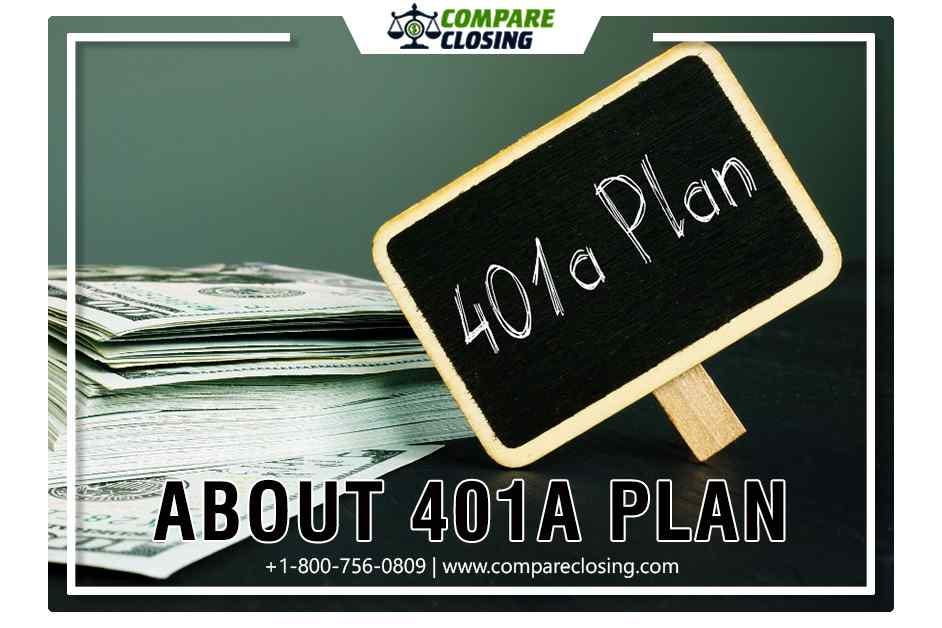
What Is a 401A Plan?
A 401a plan is an employer-sponsored money-purchase retirement plan that allows dollar or percentage-based contributions from the employer, the employee, or both.
The eligibility and the commitment schedule are set by the sponsoring employer. If the employee wants to shift to a different qualified retirement plan, a lump-sum payment, or an annuity then they can withdraw funds from a 401(a) plan.
Employers can offer their employees a variety of retirement plans. Every one of them has different stipulations, restrictions, and some suit certain types of employers.
The 401(a) plan is a retirement plan for employees working in government offices, education systems, and aid organizations.
Eligible employees working with the government, people at the education department, administrators, and support staff are eligible and can participate in the plan.
The features of the 401(a) plan are similar to the 401 (k) plan, which is common in profit-based industries. Employees with 401(a) plans are not allowed to contribute to 401(k) plans.
The employee has the option to transfer the funds from their 401(a) to 401(k) plan or to an individual retirement account (IRA) if they change their job.
Multiple forms of 401(a) plans, each having specific eligibility criteria, contribution amounts, and vesting schedules can be created by the employers.
These plans are used by employers to create incentive programs for employee retention. The plan can be controlled and the contribution limits can be determined by the employer.
The requirement to participate in a 401(a) plan
An individual must be 21 years old and should be working a minimum of two years in the job. These requirements are subject to vary.
401(a) Plan contributions
A 401(a) plan might have voluntary or compulsory contributions and it is entirely at the employer’s discretion if the contributions are to be made on the basis of after-tax or pre-tax. An employer contributes funds to the plan on behalf of an employee.
The employer can contribute by paying a certain amount into the employee’s plan, a fixed percentage that is equal to the employee contribution, or going with the employee contribution within a specific dollar range.
The capping of voluntary contributions to a 401(a) plan is at 25% of the employee’s annual pay.
401(a) Plan investments
Employers have more control over their employees’ investment choices with this plan. Usually, government employers limit investment options to only the safest and most secure options to reduce risk.
A certain level of retirement savings is guaranteed by the 401(a) plan but the employee needs to be diligent to meet retirement goals.
Vesting and Withdrawals for a 401(a) Plan
All 401(a) contributions and any earnings on those contributions done by employees are immediately fully vested.
Becoming fully vested in the employer’s contributions depends on the vesting schedule placed by the employer. Some employers link vesting to the number of years of service as an incentive for employees to continue with the organization.
The Internal Revenue Service (IRS) states that all 401(a) withdrawals are liable to income tax withholdings and if there is early withdrawal then a 10% penalty unless the employee is 59½, expired, is disabled, or has moved the funds into a qualified IRA or retirement plan through a direct trustee-to-trustee transfer.
Tax credits qualification
Employees contributing to a 401(a) plan are eligible for a tax credit. Employees at the same time can have both a 401(a) plan and an IRA.
But, if an employee has a 401(a) plan, then depending on his adjusted gross income the tax benefits for traditional IRA contributions may be eliminated.
Conclusion
The 401 (a) plan reduces your current income taxes while investing for retirement. The employee has the flexibility to consolidate savings in another retirement plan.
Depending on the state the distributions may be exempt from state income tax. The contributions of the 401 (a) plan are not subject to FICA taxes.
Comments
Post a Comment